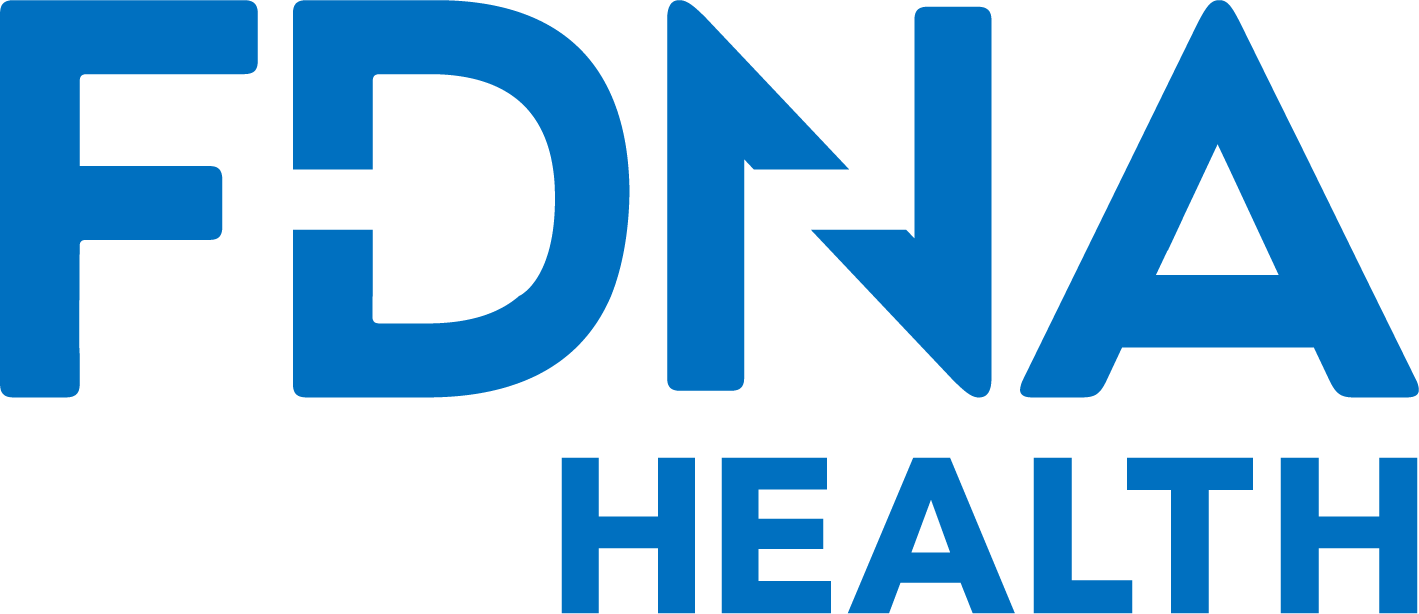Rare Genetic Syndromes
Understand more about the most diagnosed syndromes, their causes, genetic features, and symptoms.
What is a Rare Genetic Syndrome?
Caused by a genetic mutation, that may be inherited or de novo and the first in the family, there are currently over 7,000 rare genetic syndromes identified globally.
A rare syndrome is one defined as having less than 200,000 individuals diagnosed with the condition. Our understanding of these syndromes is developing all the time as more research reveals greater insight into what causes them, and how their unique features and symptoms identify them.
Understanding the causes and features of rare genetic syndromes helps provide a better diagnosis for the individuals and families affected by a broad spectrum of rare genetic syndromes and features.

Explore the most analyzed syndromes in our system (numbers are global and based on the data from 120 countries):
| Syndrome Name |
|---|

